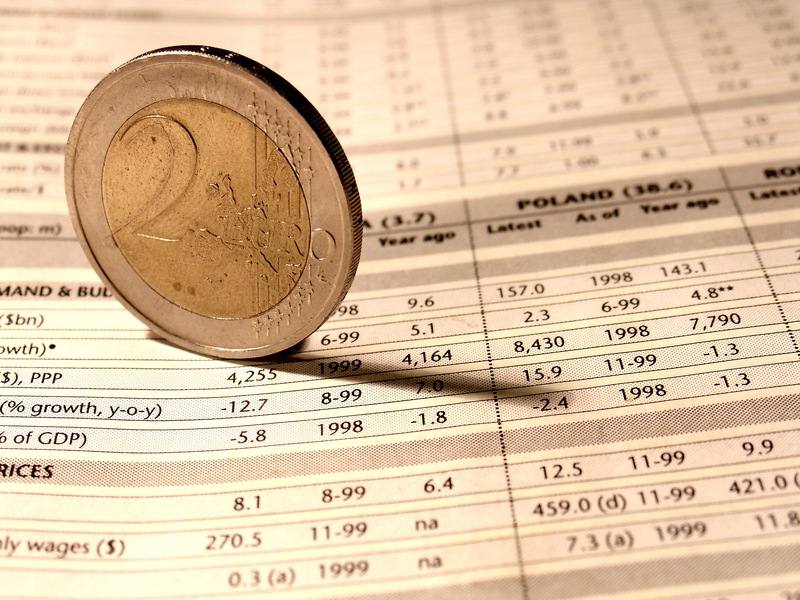How DIY Piano Moves Can Affect Your Home's Structure and Flooring
Moving a piano on your own may seem like a cost-effective project, but the risks to your home's structure and flooring can be significant. Whether you own a grand piano or an upright, the challenges of transporting such a massive instrument across delicate floors or through cramped spaces cannot be underestimated. In this comprehensive guide, we will delve into the ways DIY piano moves can harm your property, provide preventive tips, and explain why professional movers are often worth the investment.

Understanding the Anatomy and Weight of Pianos
Pianos are notoriously heavy and unwieldy musical instruments. Their weights can vary dramatically based on type and size:
- Upright pianos: 300 to 800 lbs (135-360 kg)
- Baby grands: 500 to 600 lbs (225-270 kg)
- Concert grands: up to 1200 lbs (540 kg)
The immense and uneven distribution of weight makes moving a piano a daunting task. The instrument's legs and castors, designed for modest repositioning, are ill-suited for significant moves across a home's interior. Improper handling can easily result in unexpected damage to both the piano and your home's structure.
The Direct Impact of DIY Piano Moves on Flooring
Scratches and Gouges
Wood, laminate, tile, and vinyl floors are all vulnerable to the stress induced by dragging or mishandling a piano. Even with wheels or castors, pianos can leave unsightly trails, scratches, or deep gouges in mere moments. Older or gritty wheels may even grind debris into surfaces, increasing the damage.
Dents and Cracks
The concentrated weight on the small surface area of piano legs can result in pressure points that dent softwood floors or crack tiles. If a piano is dropped, the resulting impact can shatter tiles or cause severe indentations in most materials.
Carpet Damage
While carpet may seem protective, moving a piano over carpet crushes the padding, leading to permanent indentations. Heavy weight compresses the pile, and if moisture is present, can even create conditions for mold or rot beneath the carpet.
How DIY Piano Moves Can Affect Home Structure
Strain on Floor Joists and Subflooring
A piano's substantial mass may exceed the design limits of a room's joists, especially in older homes. When placed or moved in unsupported areas, the floors may sag, creak, or even crack. Over time, this can lead to expensive and complex structural repairs.
- Unsupported spans: Placing heavy pianos in the center of large rooms with wide joist spacing increases the risk of bowing or failure.
- Second floor risks: Upper stories are generally built to support less weight than ground-level rooms. DIY piano moves here can risk major structural compromise.
Doorway and Wall Damage
Attempting to pivot or force a piano through narrow doorways can crush molding, dent drywall, and damage door frames. In some cases, the force required to move a piano can even damage load-bearing walls if excessive pressure is exerted inadvertently.
Staircases and Railings
Navigating flights of stairs is a notorious hazard during DIY piano moves. Stairs may not be designed to bear the concentrated load, leading to collapsing steps, loosened banisters, or separated risers.
Common Mistakes in Moving a Piano Yourself
- Wrong Equipment: Skipping essential tools like padded dollies, straps, and floor protection increases risk of damage.
- Improper Lifting Techniques: Lifting from fragile or uneven surfaces can break piano legs or frames.
- Inadequate Manpower: Underestimating the effort leads to rushed, jerky movements that harm floors and structures.
- Failure to Prepare Pathways: Ignoring obstacles or failing to protect floors and walls results in scrapes, dents, and even injury.
Why Homes Are Vulnerable During DIY Piano Moves
Most residential flooring and structural elements are optimized for daily living-not for concentrated, rolling, or dropped loads as during a piano move. Factors increasing vulnerability include:
- Aging floors and finishes
- Lightweight subfloor materials
- Wide joist spacing in modern construction
- Historic homes with brittle plaster or ornate woodwork
- Irreplaceable flooring, such as antique hardwood or pattern-matched tile
Preventive Strategies for Safe Piano Relocation
1. Plan the Route Thoroughly
Map out every turn and obstacle between the old and new locations before the move. Remove rugs, low furniture, and obstacles to ensure a smooth, protected pathway.
2. Use Appropriate Equipment
- Piano moving dollies with large, soft rubber wheels
- Thick moving blankets and edge protectors
- Heavy-duty ramps for stairs and thresholds
- Specialty straps for safe lifting and control
Never use makeshift gear -- using furniture sliders or standard dollies can worsen damage.
3. Protect Flooring and Surfaces
- Lay down sheets of thick plywood to disperse weight
- Use runners or heavy moving blankets on pathways
- Avoid rolling directly on tile or hardwood, especially with older piano wheels
4. Know Your Home's Limits
Examine load-bearing capacity of floors, especially if moving the piano to upper stories. Consult with a structural engineer for old or suspect flooring. If in doubt, avoid DIY relocation altogether.
Benefits of Hiring Professional Piano Movers
Experienced piano movers offer unparalleled expertise, tailored tools, and insurance coverage for unexpected events. The initial investment is often less than the cost of repairing damaged floors or structural elements after an unsuccessful DIY move. Key advantages include:
- Specialized dollies and ramps designed to protect floors and distribute weight
- Training in maneuvering around tight corners and staircases without harming walls or rails
- Liability insurance against accidental damage
- Arrangement of pianos in the safest area considering home structure
Case Studies: Real-Life Consequences of DIY Piano Moves
Case 1: Damaged Hardwood in a Victorian Home
A family attempting to move their upright piano experienced severe scarring and indentations in their 120-year-old hardwood flooring. With replacement boards unavailable, the entire room required expensive restoration to blend the damage, far exceeding the cost of a professional mover.
Case 2: Structural Damage in a Modern Townhome
After moving a grand piano onto a second level, the homeowner noticed significant sagging and wall cracks. An engineering assessment revealed the floor joists had bowed under the new weight, necessitating thousands of dollars in structural reinforcements.
Case 3: Tiled Entryway Catastrophe
A DIY move on a herringbone tile entryway resulted in multiple cracked and displaced tiles. As the pattern was discontinued, repairs required retiling the entire space, along with fixing underlying subfloor damage.

Frequently Asked Questions
Is it ever safe to move a piano yourself?
It is possible but requires thorough preparation, suitable flooring, proper manpower, and the ideal equipment. For valuable pianos or irreplaceable floors, professional assistance is always the safest option.
What is the best way to move a piano across hardwood floors?
Use wide plywood sheets to distribute the weight, dedicated piano dollies, and at least four people to handle the maneuvering. Moving blankets should guard against scuffs. Avoid rolling directly across floors with the piano's own wheels.
How can I protect my home's structure during a piano move?
Consult with an engineer to assess joist strength, especially for moves to upper stories. Never bump or brace the piano against walls or stair rails, and use proper equipment to avoid dropping or tipping the instrument.
Conclusion: The Real Costs of DIY Piano Moves
DIY piano moving might seem tempting as a way to save money, but the hidden risks to your home's structure and flooring are considerable. Pianos are not only heavy but also awkward to move, and even well-meaning attempts can result in costly repairs and irreparable harm to your flooring or building structure. By understanding the dangers and implementing proper precautions--or hiring skilled piano movers--you can preserve the beauty and integrity of both your piano and your home.
- Invest in professional services for valuable pianos or unique flooring.
- If attempting DIY, plan, equip, and protect every step of the route.
- When in doubt, prioritize the safety of your home and cherished instruments.
For a long-lasting, harmonious home and unharmed flooring, choose expertise over shortcuts when it comes to piano moves.



